Sample information |
|
| Picture |
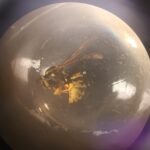
|
|---|---|
| Location | |
| Collection date | 08/25/2024 |
| Captive / Cultivated? | Wild-caught |
| Group | Kantonsschule Zuercher Unterland |
| Observations | captured: in the garden on a pear in Oberweningen condition: dead when caught, then frozen and preserved in alcohol |
| Putative identification | Arthropoda Insecta Hymenoptera Vespidae |
Methods |
|
| Extraction kit | Instagene Matrix |
| DNA extraction location | |
| Single or Duplex PCR | Single Reaction |
| Gel electrophoresis system | MiniOne |
| Buffer | TBE |
| DNA stain | Midori 1:20'000 |
| Gel images |
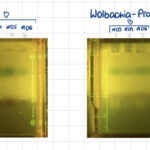
|
| Protocol notes | In both PCR processes meaningful/good results could be observed. We refer to the results in lane 8 (picture 1) and lane 3 (picture 2). |
Results |
|
| Wolbachia presence | No |
| Confidence level | High |
| Explanation of confidence level | In both PCR processes meaningful/good results could be observed. We refer to the results in lane 6 (picture 1) and lane 2 (picture 2). In the first process you can see a soft/weak line/mark on the gel. It’s not as strong as in the other two lanes that showed a mark.
Sequence quality: very poor/ failed Chalarus Decorus:
source of the picture: |
| Wolbachia 16S sequence | |
| Arthropod COI sequence | Download FASTA
Download AB1
|
| Summary | The Vespidae was found to be negative for Wolbachia. |
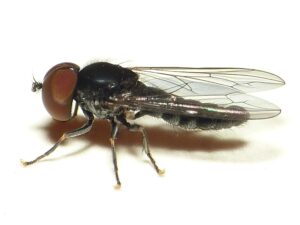
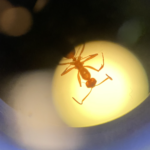 Formica Pallidefulva
Formica Pallidefulva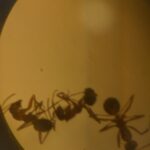 Formica Pallidefulva
Formica Pallidefulva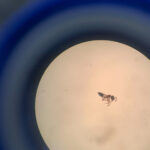 Ant
Ant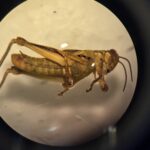 Differential Grasshopper – Melanoplus differentialis
Differential Grasshopper – Melanoplus differentialis Pill Bug (Armadillidium vulgare) – Draft
Pill Bug (Armadillidium vulgare) – Draft